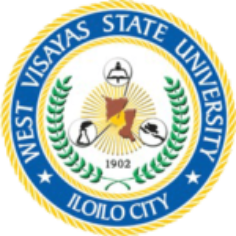 1. Mass Media Research: An Introduction
1. Mass Media Research: An Introduction
By Roger D. Wimmer & Joseph R. Dominick
Wadsworth, 2013 – Mass media – 480 pages
Quality media is the result of meticulous research.
MASS MEDIA RESEARCH: AN INTRODUCTION,10E, International Edition
Shows you how it happens from content analysis to surveys to experimental research and then equips you with expert tips on analyzing the media you encounter in your daily life. Reflecting the latest developments from the field, this popular book delivers a comprehensive overview of mass communication research and a thorough exploration of each major approach including qualitative research, content analysis, survey research, longitudinal research, and experimental research.
It also fully integrates social media coverage, ethics, and the impact of merging technology.
URL:https://www.amazon.com/Mass-Media-Research-Roger- Wimmer/dp/143908274X
 2. Teaching Kids to Sing
2. Teaching Kids to Sing
By Kenneth H. Phillips
Wadsworth, 31 Oct 2012 – Music – 412 pages
A foundational text in music education.
TEACHING KIDS TO SING, 2 Edition
Delivers a developmental program of exercises and skills to help all students achieve confident, accurate, and expressive singing. Founded on the principle that singing is a “learned” skill and grounded in the latest physiological research, this popular text provides a groundbreaking, step-by-step methodology for energizing the body, breath, ear, voice, and song.
Thoroughly revised and updated, the new Second Edition includes a revision of the basic methodology, updated research on young singers, a separate new section on vocal physiology, contemporary music selections, and much more.
URL:https://books.google.com.ph/books/about/Teaching_Kids_to_Sing.html?id=0JOCMAEACAAJ&redir_esc=y
 3. Organic Chemistry
3. Organic Chemistry
By Graham Solomons, Craig B. Fryhle, Scott A. Snyder
Wiley, 19 Dec 2012 – Science – 1272 pages
The 11th Edition of Organic Chemistry
Continues Solomons/ Fryhles tradition of excellence in teaching and preparing students for success in the organic classroom and beyond. A central theme of the authors approach to organic chemistry is to emphasize the relationship between structure and reactivity.
To accomplish this, the text is organized in a way that combines the most useful features of a functional group approach with one largely based on reaction mechanisms. The authors philosophy is to emphasize mechanisms and their common aspects as often as possible, and at the same time to use the unifying features of functional groups as the basis for most chapters.
The structural aspects of the authors approach show students what organic chemistry is. Mechanistic aspects of their approach show students how it works. And wherever an opportunity arises, the authors show students what it does in living systems and the physical world around us.
In the 11th edition, virtually every aspect of the teaching and learning solution has been revisited and redesigned to assist students in comprehending the fundamentals of organic chemistry. The authors thoroughly explain and illustrate each new idea when it is first introduced and then reinforce the new idea or concept by having students work related problems.
URL:https://books.google.com.ph/books?id=wTIcAAAAQBAJ&dq=organic+chemistry+11th+edition&hl=en&sa=X&ved=0ahUKEwil9d61oZTeAhWTdd4KHRSNALgQ6AEIJjAA
